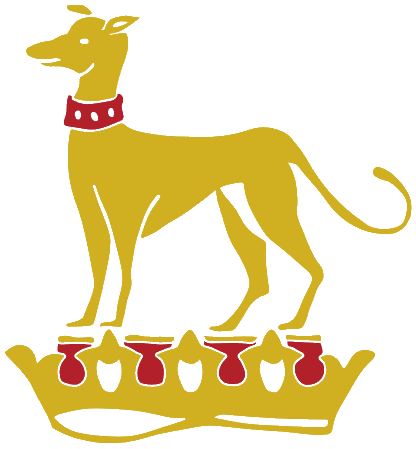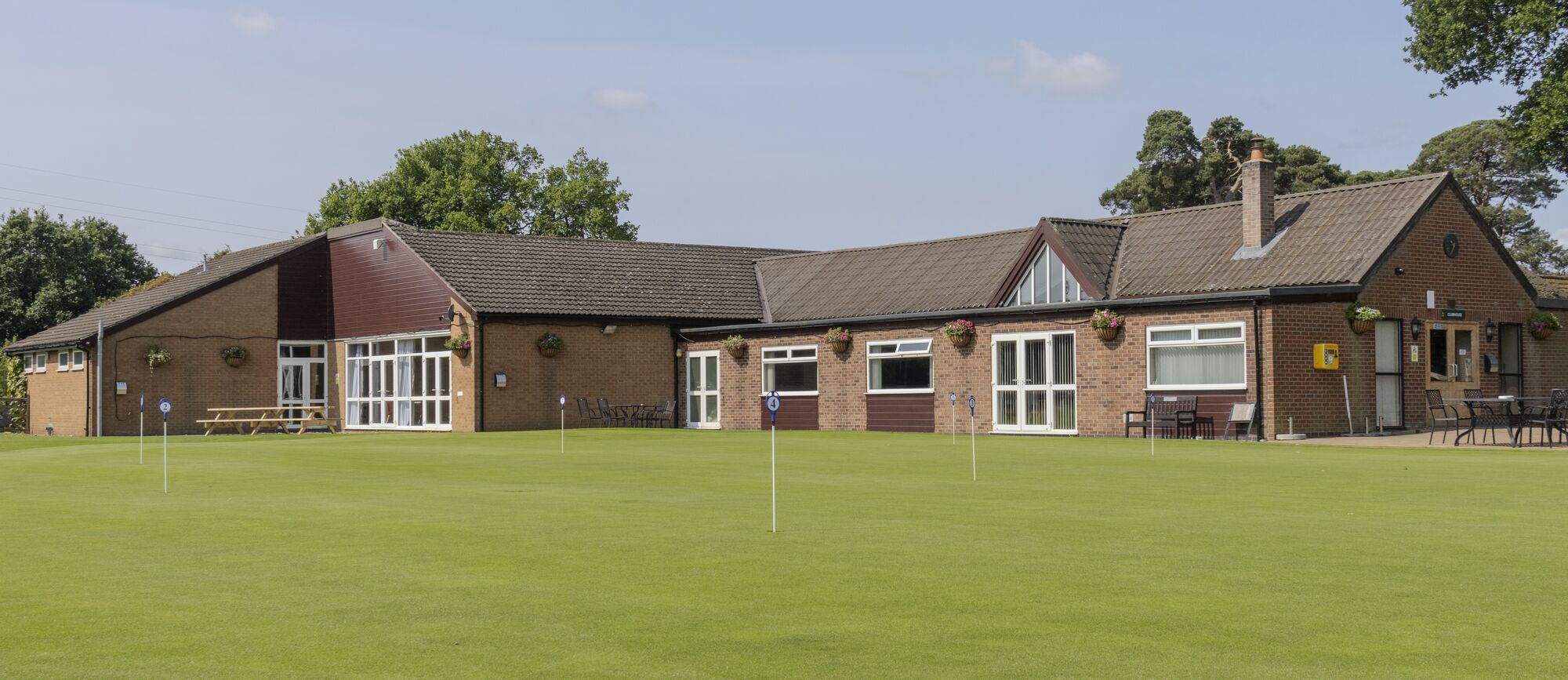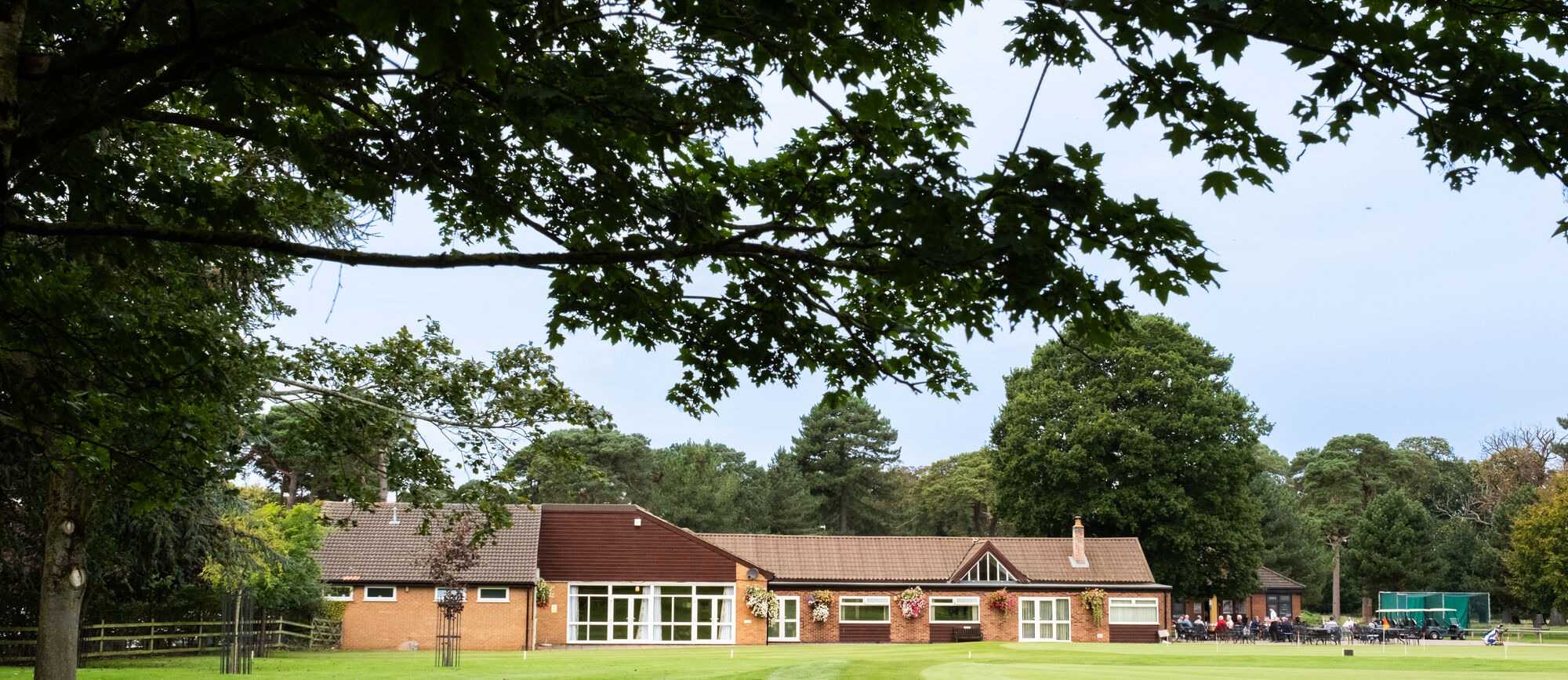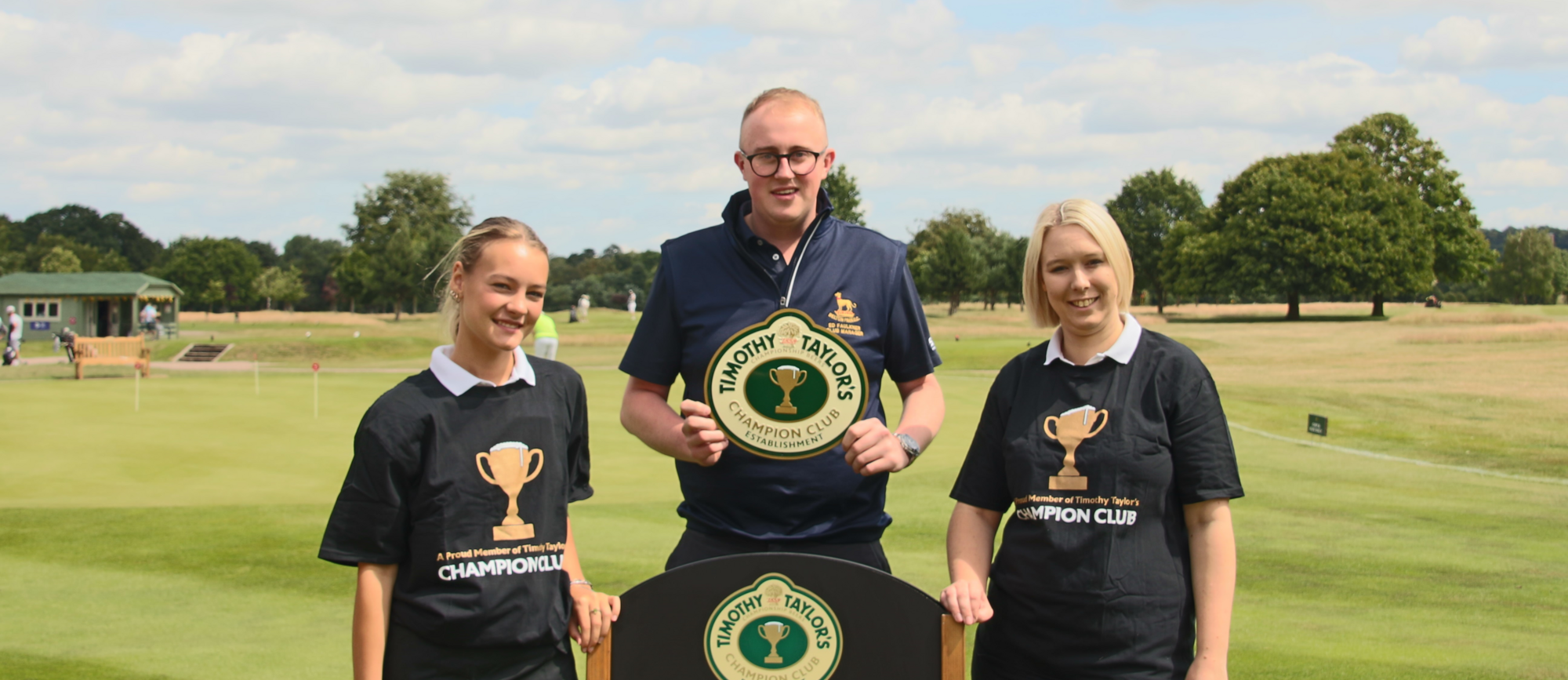The History of Belton Park Golf Club
"We are most grateful to Trevor Ireland, past Captain and Secretary of Belton Park, who has researched and produced this brief history of our Club"
The beginnings of Belton Park golf club are a little hazy although according to the Royal and Ancient, it was founded in 1890, making it the oldest club in Lincolnshire. However, the names on the captain’s board begin in 1892 and the first competitions i.e. Clements Scratch Cup and Pearson Gregory Cup were also first played that year.
Matches against other clubs soon began and in 1892 the first-ever match was played against Beverley Golf Club. Belton lost quite heavily, and this is the first time that the club is mentioned in the local paper, the Grantham Journal.
Initially, the course comprised of only 9 holes, on land made available by Lord Brownlow, who naturally became the first club President. The course was extended to 18 holes in 1908 and measured 5,416 yards. The membership of the club had now grown to 146 and the members paid a subscription of £2 2s. The club was organised on similar lines as today with Greens, Match and Handicapping sub-committees and a Ladies Committee.
During the First World War, the golf course closed and the land became an enormous army camp for the 11th (North Midland) Division and later the Machine Gun Corps. The clubhouse became the Officer's Mess.
Following the end of the war, the course was redesigned by Tom Williamson ( the professional at Hollinwell) and it reopened for play in 1923, and The Times newspaper reported that ‘ a charming course reopened’ and went on to say ‘it is a very good course for it is rich in a sandy soil and in pleasant natural undulations’. Various celebrations took place that year – the highlight being an exhibition match featuring Harry Vardon, Ted Ray, Arthur Havers and Tom Williamson.
Between the two world wars, there was little but minor improvement made to the course, e.g. a new putting green in front of the clubhouse and a watering system for the greens. However, the 1930s saw many new club competitions introduced.
The club remained open during the Second World War, although losing many of its members to war service. The club was frequented by airmen from the USAAF based at Barkston Heath, who supplied the club with golf balls flown in from Dublin.
After the war great strides were made in restructuring the course, the greens were ring-fenced to prevent damage from sheep and deer. However, in 1975 permission was received to fence off the course from the rest of the park which meant the ring-fences could be removed. A further 9 holes were planned with advice from Peter Alliss and Dave Thomas and the courses were renamed Brownlow (1-18), Ancaster (1-9 and 19-27) and Belmont (10-27).
The 1980s saw major changes at the club – the extensions and refurbishments to the clubhouse, and the sale of Belton Estate to the National Trust, who are the present landlords.
The club held its centenary in 1990 with a week of competitions for all sections of the club and the ladies were given equal playing rights and later in 1996 ladies were given full parity of membership with the men.
In 1997 the club undertook one of its major projects. Following years of drought and almost losing the fairways it was decided, by the members, to use a vat refund to have fairway irrigation installed on the golf course and to build new greens sheds. A large reservoir was created alongside the 13th fairway to provide the water and present members have enjoyed the resulting benefits.
In 2005 a new block containing changing rooms and a professionals shop was built and alterations were made to the clubhouse to make Belton Park Golf Club one of the most respected clubs in the East Midlands.
100 YEARS SINCE OUR COURSE REOPENED
April 5th marks 100 years since Lord Brownlow reopened the course after the First World War.
To celebrate our club's landmark, members, past committee members, and staff gathered to recreate the original photo taken in 1923. It was a proud moment shared by all and we'd like to thank all those who joined us.
Also, a big thank you to our kitchen team for preparing a fantastic array of cakes for the occasion















